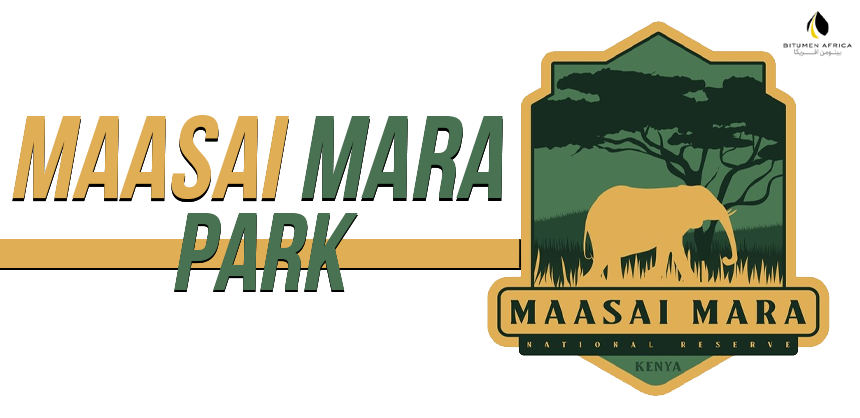|Bitumen Africa|
Tuesday, 9 July, 2024
Report on Masai Mara National Reserve Overview Masai Mara National Reserve, commonly known as the Masai Mara, is a large game reserve in Narok County, Kenya, contiguous with the Serengeti National Park in Tanzania.
It is named in honor of the Maasai people, the ancestral inhabitants of the area, and their description of the area when looked at from afar: "Mara," which means "spotted," an apt description for the circles of trees, scrub, savanna, and cloud shadows that mark the area.
Location and Geography The reserve covers approximately 1,510 square kilometers (583 square miles) and is predominantly grassland with seasonal riverlets. It lies at an altitude of 1,500-2,170 meters (4,920-7,120 feet) above sea level.
Climate Masai Mara experiences a mild climate with well-defined rainy seasons.
The long rains typically occur from March to May, while the short rains are from October to November. The dry season spans from July to October, which coincides with the peak tourist season.
Flora and Fauna The Masai Mara is renowned for its rich biodiversity and vast populations of wildlife, including the "Big Five" (lion, leopard, elephant, buffalo, and rhinoceros). It is also home to cheetahs, hyenas, giraffes, zebras, and numerous antelope species.
The reserve is most famous for the Great Migration, considered one of the Seven Natural Wonders of Africa. Each year, more than 1.5 million wildebeest, 200,000 zebras, and numerous other antelope species migrate from the Serengeti in Tanzania to the Masai Mara in search of fresh grazing lands.
Key Attractions 1. Great Migration: This annual event sees millions of animals cross the Mara River, facing predators like crocodiles and lions in a dramatic spectacle of survival.
2. Hot Air Balloon Safaris: These offer a unique aerial view of the Mara’s landscapes and wildlife.
3. Game Drives: Guided tours provide close encounters with wildlife, particularly in the early morning and late afternoon when animals are most active.
4. Cultural Tours: Visits to Maasai villages offer insights into the traditional lifestyles, customs, and crafts of the Maasai people. Conservation Efforts The Masai Mara faces several conservation challenges, including habitat loss, human-wildlife conflict, and poaching.
Numerous initiatives are in place to address these issues: - Community-Based Conservation: Engaging local communities in conservation efforts and ensuring they benefit economically from tourism. - Anti-Poaching Measures: Increased patrols and surveillance to prevent illegal hunting. - Wildlife Corridors: Establishing corridors to facilitate the movement of animals and reduce human-wildlife conflict.
Tourism Tourism is a major economic activity in the Masai Mara, with numerous lodges, camps, and tour operators offering various services.
The reserve attracts hundreds of thousands of visitors annually, contributing significantly to Kenya’s economy. Challenges Despite its popularity, the Masai Mara faces several challenges: - Over-Tourism: High visitor numbers can lead to environmental degradation. - Climate Change: Altered weather patterns impact migration and habitat. - Land Use Changes: Expansion of agriculture and settlements encroaches on wildlife habitats.
Conclusion The Masai Mara National Reserve is a vital conservation area with unparalleled wildlife viewing opportunities. Its unique ecosystem, combined with efforts from various stakeholders, helps ensure the survival of its diverse species and the sustainability of tourism. Ongoing conservation efforts are essential to address the challenges and protect this natural wonder for future generations.

